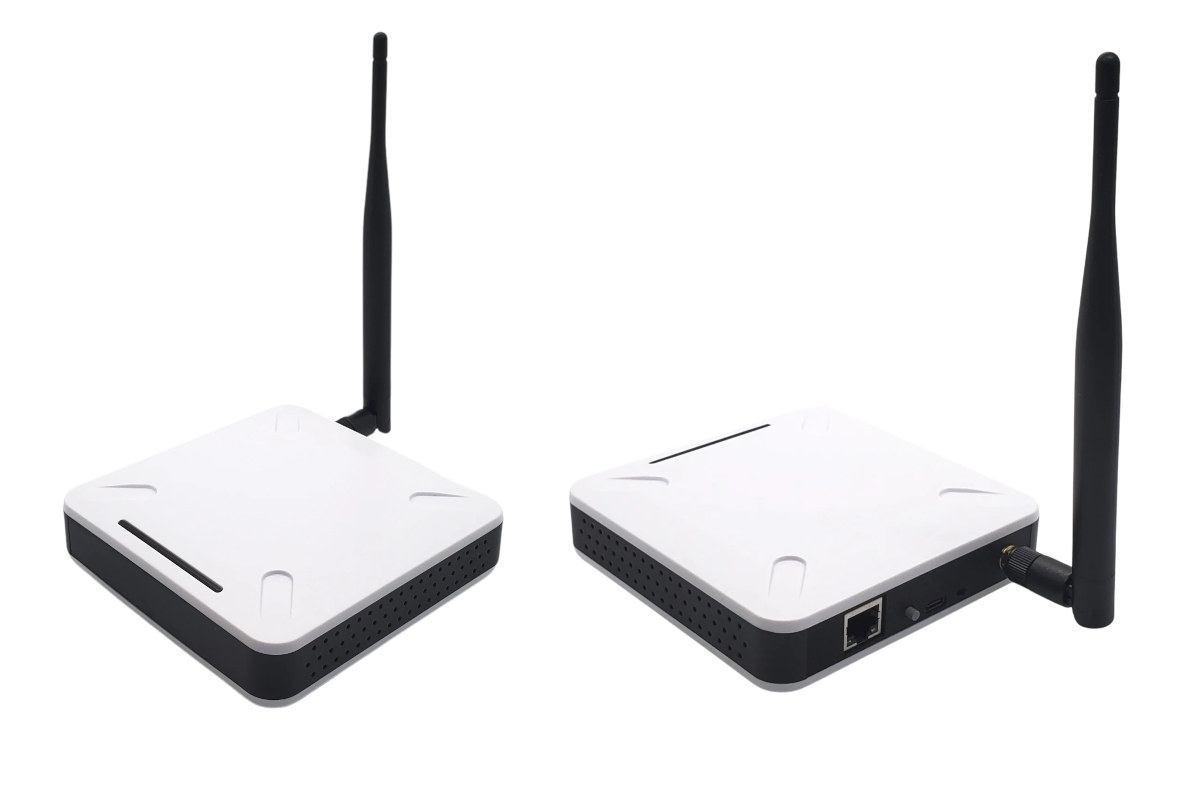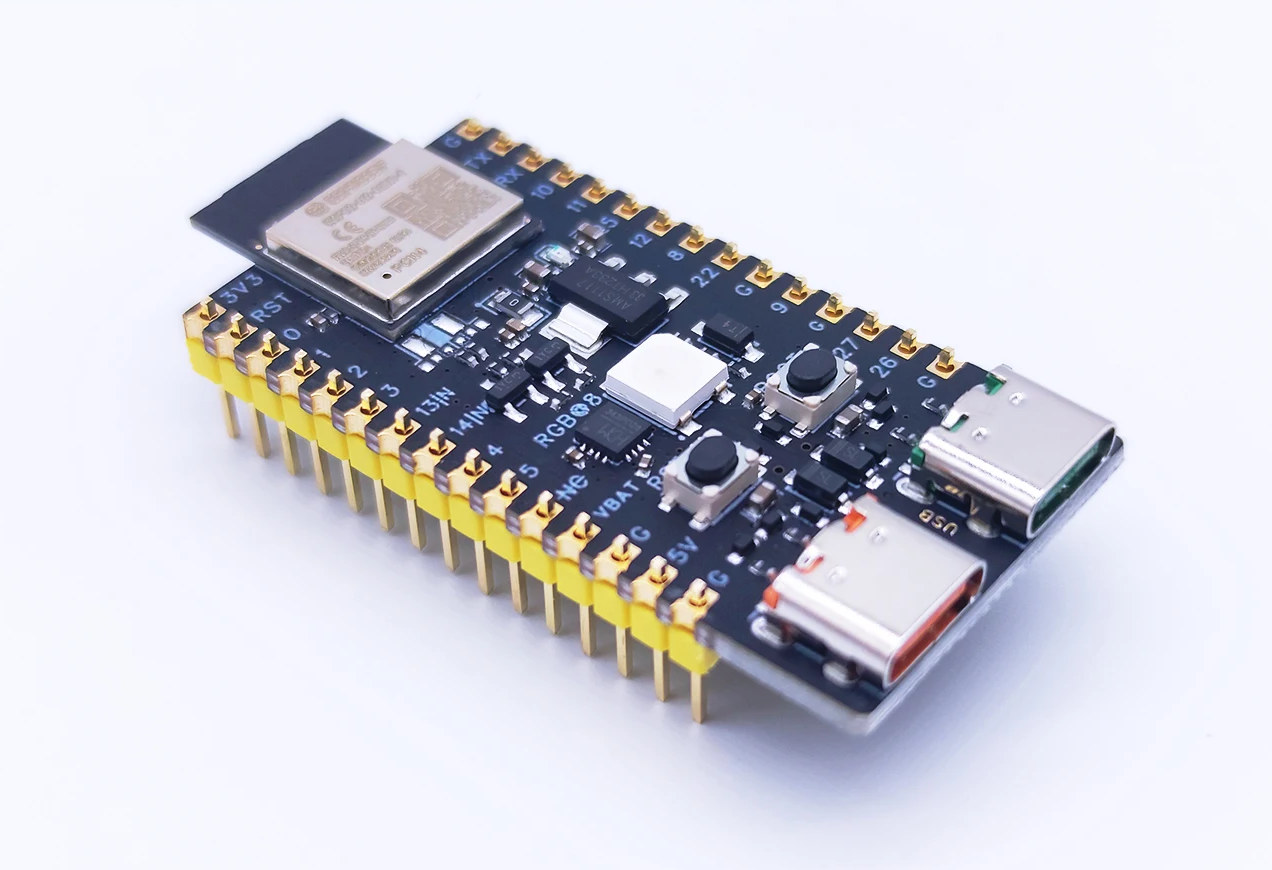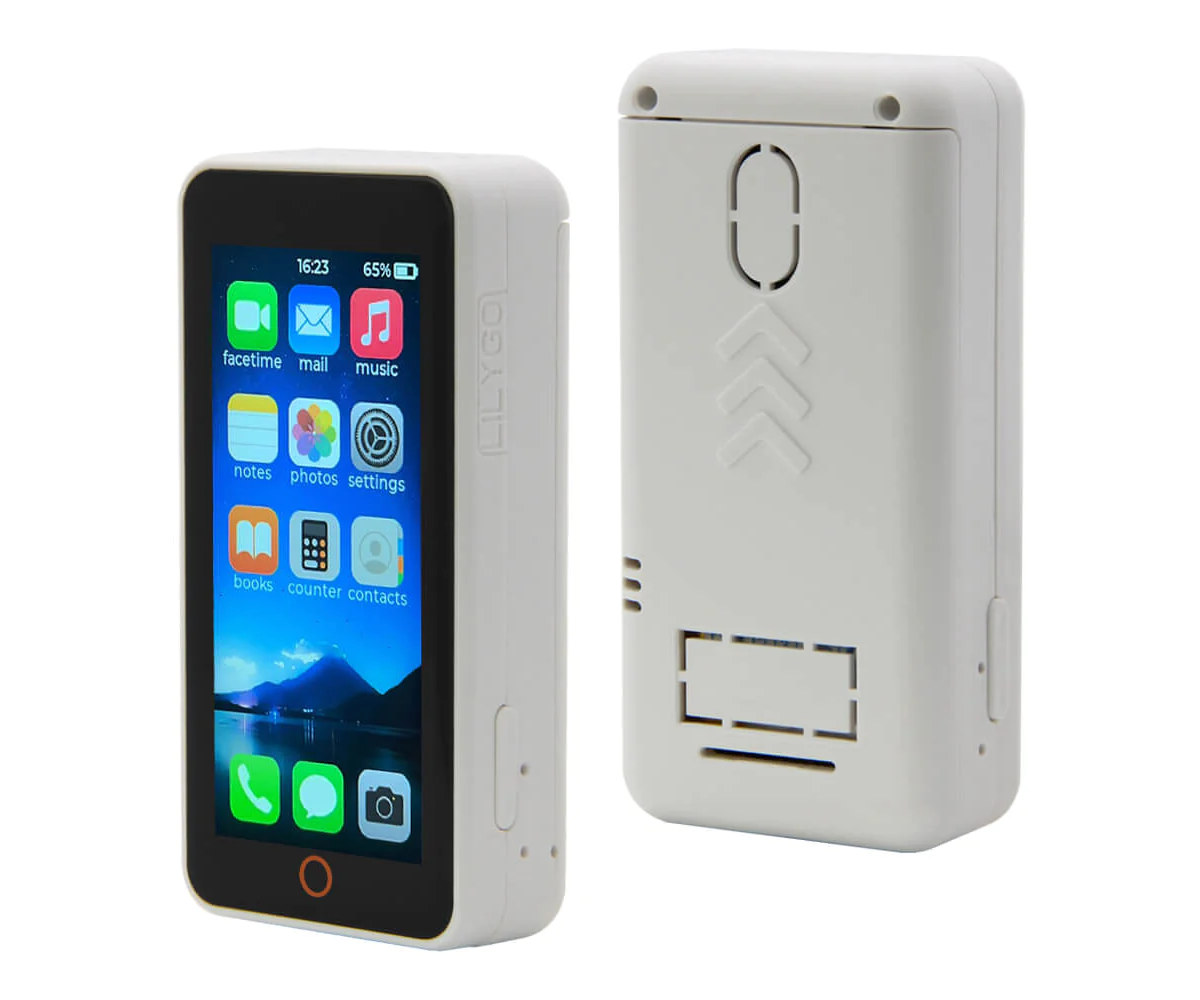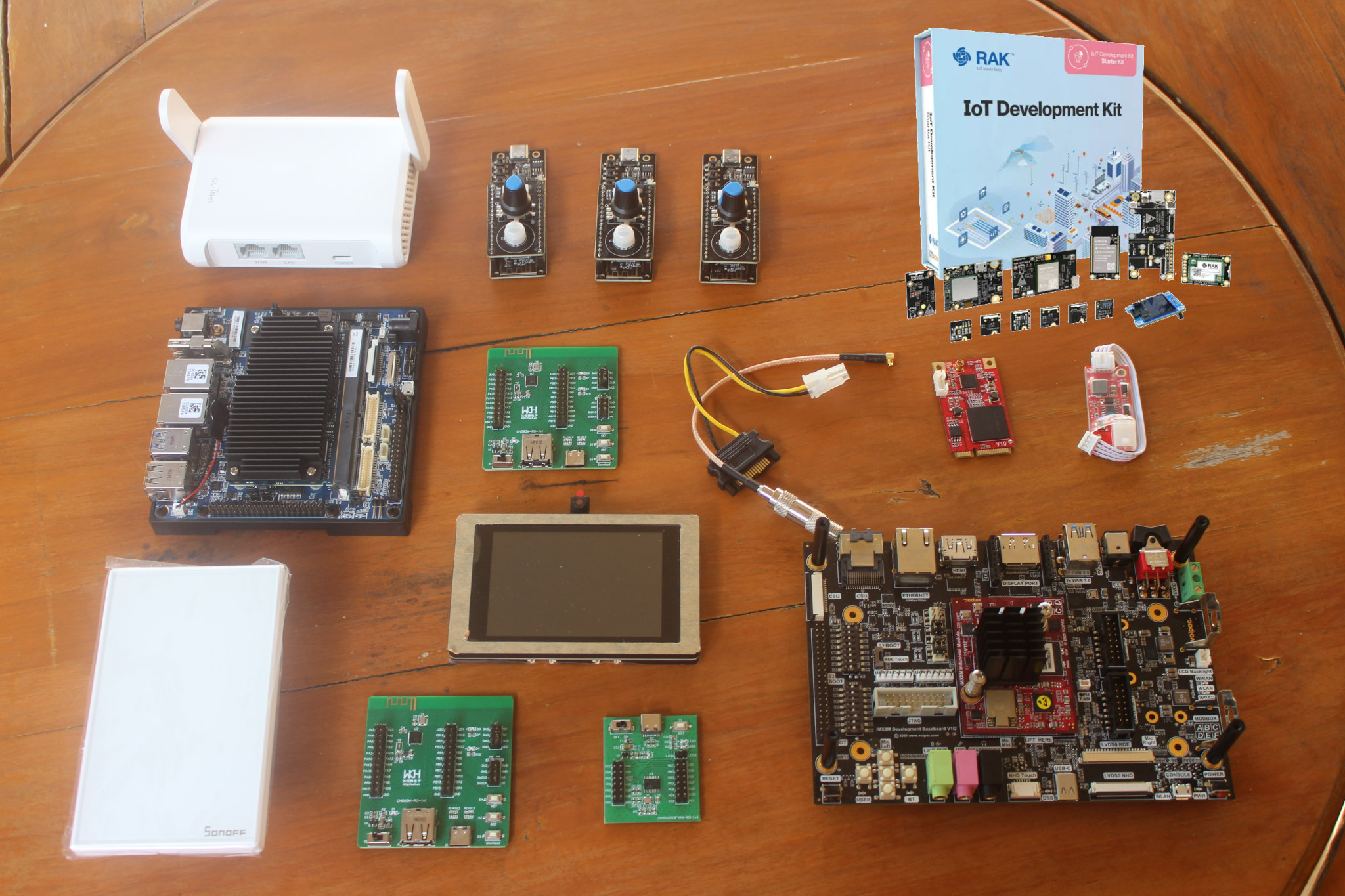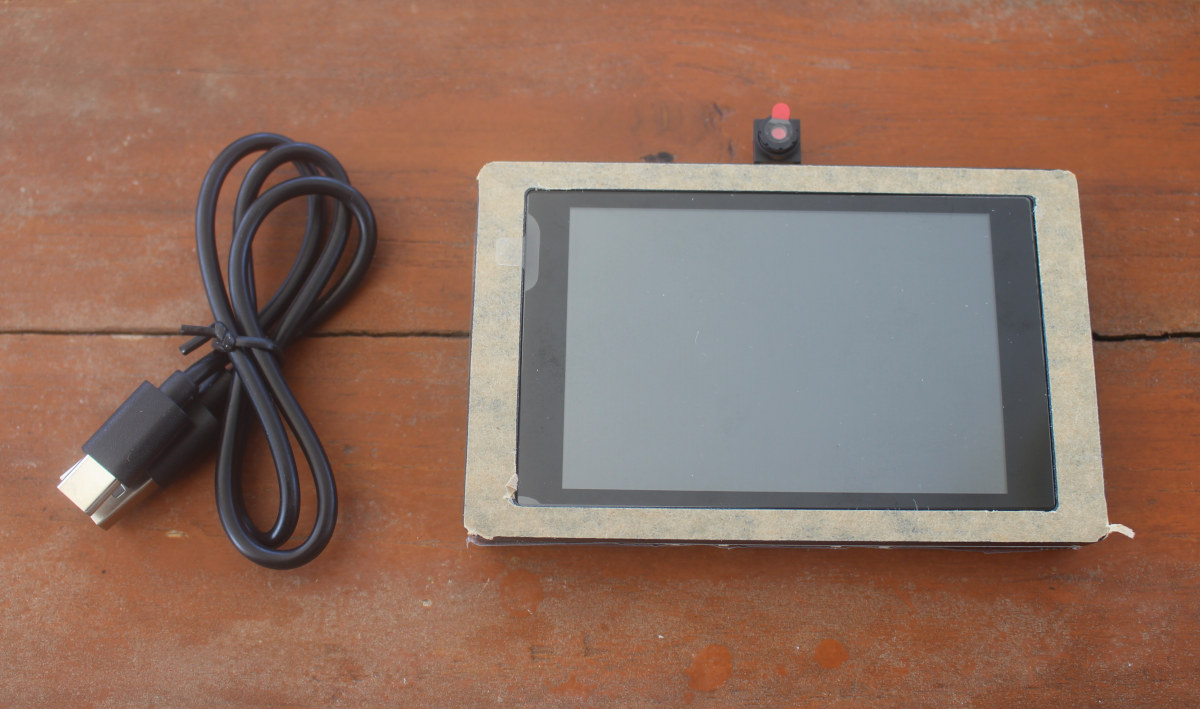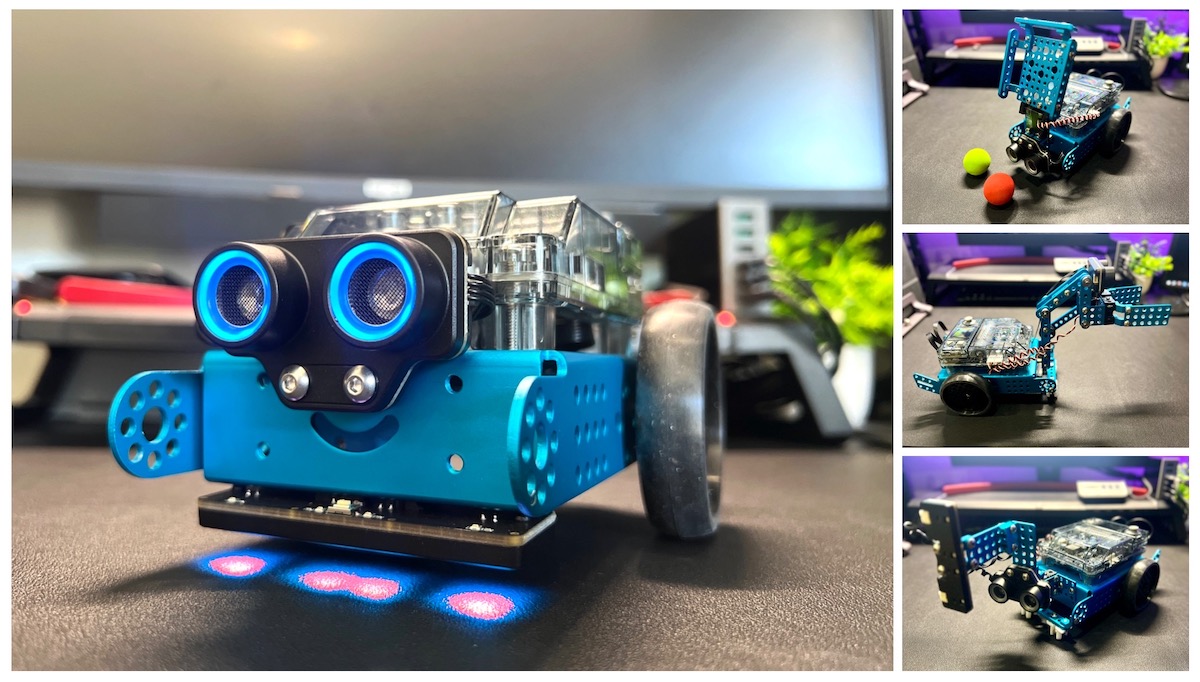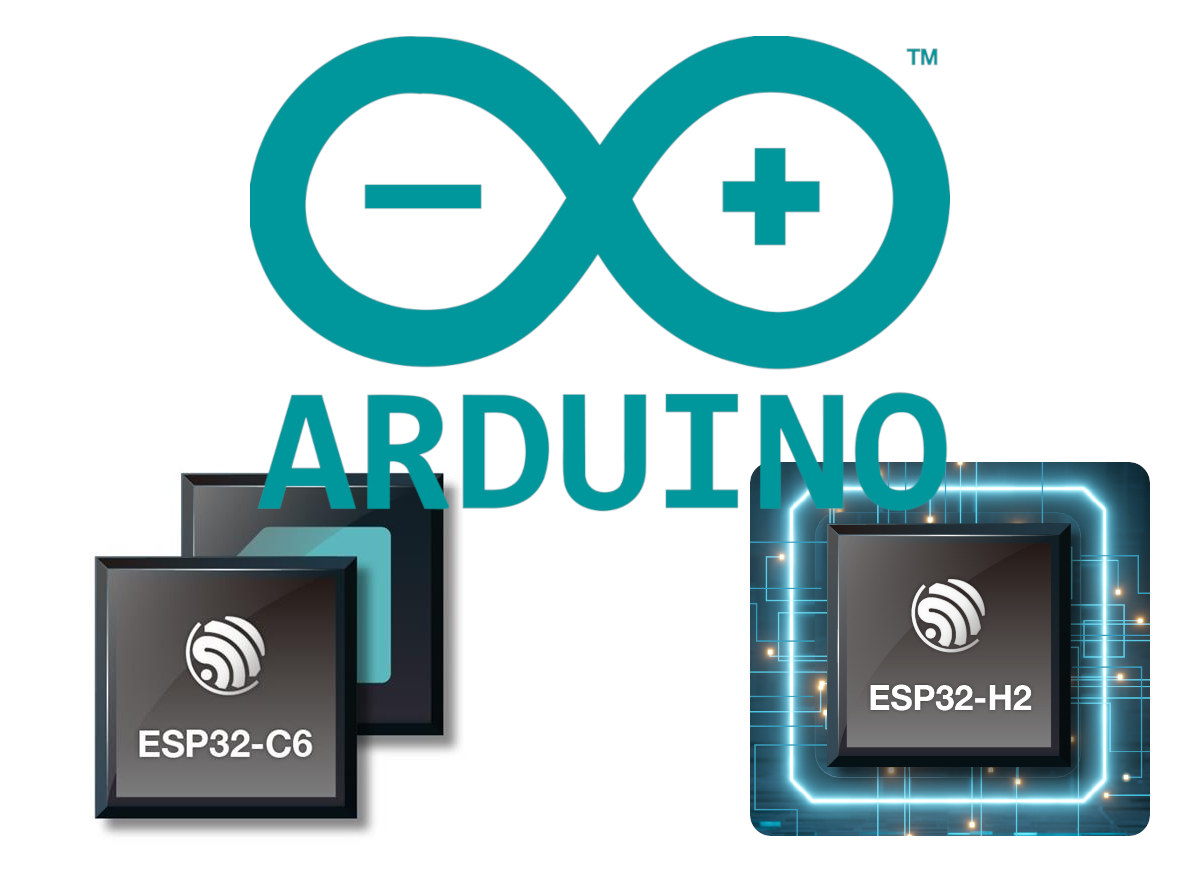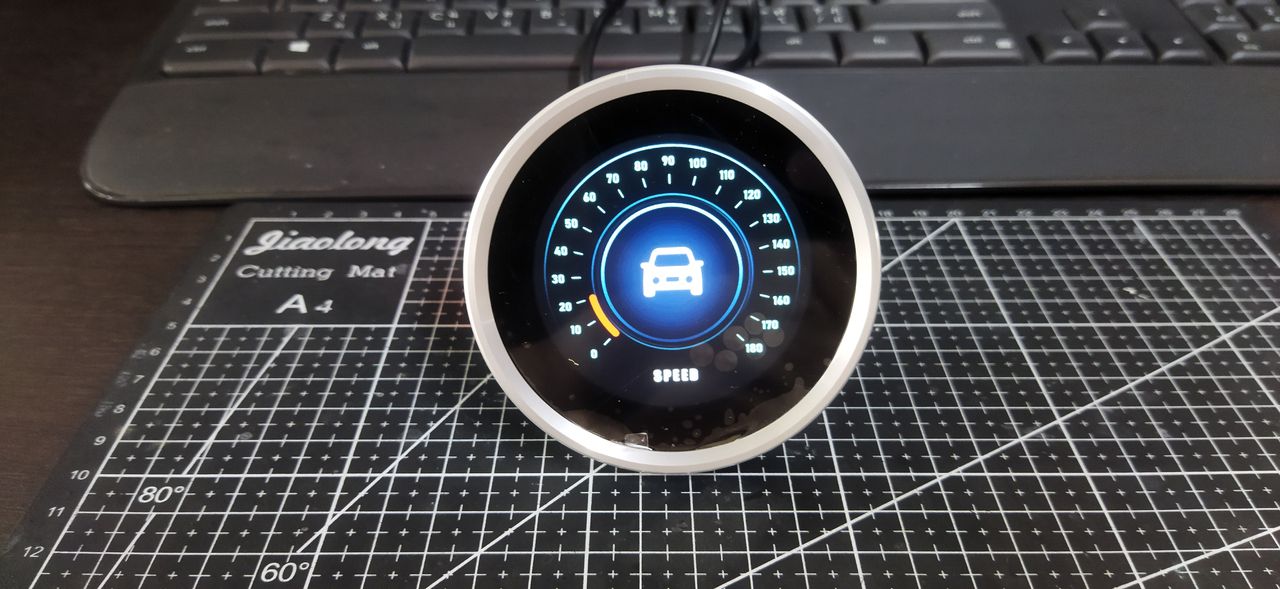The Theengs Bridge is a new WiFi & Ethernet BLE to MQTT gateway running the open-source OpenMQTTGateway firmware, compatible with a range of sensors, and supporting Home Assistant, OpenHAB, Jeedom, NodeRed, and other MQTT-compatible systems. It follows the Theengs Plug smart socket introduced at the beginning of the board with many of the same features (minus the socket part…) but adds Ethernet and an external antenna for improved range, and improves modularity with a Grove I2C connector and mounting holes for a LoRa-E5-based Grove module and a prototyping area where you can solder your own circuitry with DIP components. Theengs Bridge specifications: Wireless module MCU – ESP32 microcontroller with WiFi and Bluetooth Storage – 8MB flash PCB antenna and u.FL antenna connector Connectivity 10/100M Ethernet RJ45 port 2.4 GHz WiFi 4 and Bluetooth LE with 6dBi 50Ohm external antenna Optional LoRa module via Grove I2C connector MQTT protocol Expansion – […]
WeAct ESP32H2-N4 – A $6 Bluetooth 5.2 LE, Zigbee 3.0, and Thread development board
WeAct ESP32H2-N4 is a low-cost ESP32-H2 development board with Bluetooth 5.2 LE, Zigbee 3.0, and Thread connectivity with a design very similar to the one of Espressif Systems’ ESP32-H2-DevKitM-1 development board, but sold for just $5.70 plus shipping. The ESP32-H2 wireless microcontroller is basically the little brother of the ESP32-C6 without WiFi and aims at low-power nodes in short-range IoT networks. We have previously seen it in Espressif hardware like the aforementioned ESP32-H2-DevKitM-1 and the ESP Thread Border Router board combining ESP32-H2 & ESP32-S3 wireless chips, but so far not in third-party boards, and WeAct ESP32H2-N4 changes that. WeAct ESP32H2-N4 specifications: Wireless module – ESP32-H2-MINI-1 MCU – Espressif Systems ESP32-H2 32-bit RISC-V microcontroller at up to 96 MHz with 320 KB SRAM, 128 KB ROM, 4 KB LP memory, Bluetooth 5.2 LE/Mesh and 802.15.4 (Zigbee/Thread/Matter) radios. Storage – 4MB flash storage PCB antenna Dimensions – 13.2×16.6×2.4 mm USB – 2x […]
LILYGO T-Display S3 Pro – A 2.33-inch ESP32-S3 color touchscreen display with enclosure
LILYGO T-Display S3 Pro is another ESP32-S3 powered WiFi and Bluetooth display from the company with a 2.33-inch color touchscreen LCD, a plastic enclosure, support for USB-OTG, two QWIIC connectors, and a 470 mAh battery. We’re told the T-Display S3 Pro is an update to the T-Display S3 (and by extension of the T-Display S3 Touch and T-Display S3 AMOLED models) but the display is quite bigger at 2.33-inch and with higher resolution (480×222), it comes with an ABS case with an integrated battery by default, adds support for USB OTG, and also includes a few sensors that are missing from the earlier models. T-Display S3 Pro specifications: Wireless MCU – Espressif Systems ESP32-S3R8 dual-core Tensilica LX7 @ up to 240 MHz with vector instructions for AI acceleration, 512KB RAM, 8MB PSRAM, wireless connectivity Storage – 16MB flash, microSD card slot Connectivity via ESP32-S3 2.4 GHz 802.11 b/g/n Wi-Fi 4 […]
Giveaway Week 2023 winners announced!
CNX Software’s Giveaway Week 2023 is now over and we’re ready to announce the winners. We offered some of the review samples we tested (or not) in the last year, and like the last two years, we were also joined by RAKwireless who offered two IoT development kits. All items given away are shown in the photo below, minus some accessories, and if you count more than seven you’d be right, as some are kits with multiple items like the GL.iNet GL-S200 Thread Border router which comes with three development boards, and more importantly, we also organized Giveaway Week on CNX Software Thailand for the second year running. We had seven winners on CNX Software: VOIPAC iMX8M industrial development kit – Kraingsak, Thailand TBS7901 mini PCIe DVB-S2X/S2 module – Frank, Singapore RAKWireless WisBlock IoT Starter Kit – Andy, Russia GL.iNet GL-S200 Thread Border router kit – Augustin, Argentina WCH CH583M-R0-1v1 […]
Giveaway Week 2023 – Elecrow ESP32 Terminal with a 3.5-inch touchscreen display and OV2640 camera
If I remember correctly, Elecrow sent me an end-of-year gift with a notebook (paper style), a pen, and a 3.5-inch ESP32 terminal. I had completely forgotten about it, and while wondering what I would give for Giveaway Week 2023, and looking around in drawers and on shelves, I found an “ESP32 Terminal” package, and I was like “What the F is that and where is it coming from?”. Long story short, the 6th prize of this year’s giveaway week is Elecrow’s ESP32 Terminal with a 3.5-inch touchscreen display that also comes with a front-facing OV2640 camera and six Crowtail connectors for expansion plus a LiPo battery connector. Elecrow ESP32 terminal specifications: Wireless module – ESP32-S3 2.4 GHz Wi-Fi and Bluetooth 5 (LE) module with 16MB flash and 8MB PSRAM Storage – MicroSD card slot Display – 3.5-inch TFT LCD display with 480×320 resolution (ILI9488 driver), capacitive touchscreen Camera – 2MP […]
Makeblock mBot Neo robot review with Smart World Add-on Pack
MakeBlock mBot Neo, also known as mBot2, is an educational robot that builds upon the previous generation mBot1 robot, and the company has sent us a review sample, following our earlier review of the Ultimate 2.0 10-in-1 educational robot kit, along with the Smart World Add-on Pack. The mBot Neo features a new ESP32-based CyberPi control board with WiFi connectivity for IoT and AI support. The robot is also equipped with a 2nd generation Ultrasonic sensor with improved object detection accuracy and status indicator, a built-in 4-ch RGB line sensor that can detect colors, as well as a new drive motor that comes with an encoder for more precise motion control. The mBot Neo robot kit is expandable with metal parts from other Makeblock models, mBuild modules and various electronic modules can be added making it also possible to build custom robots with third-party structural parts. The mBot Neo robot […]
ESP32 Arduino Core 3.0.0 adds support for ESP32-C6 and ESP32-H2
Espressif Systems has now released an alpha version of ESP32 Arduino Core 3.0.0 enabling the new ESP32-C6 and ESP32-H2 targets to be programmed with the Arduino IDE, and including a number of new features made possible by the ESP-IDF 5.1 SDK. Announced in 2021, the ESP32-C6 WiFi 6, Bluetooth 5 LE, and 802.15.4 wireless MCU became available in modules and devkits at the beginning of this year, but so far they could only be programmed with the latest version (5.1) of the ESP-IDF framework, and so was the new ESP32-H2 Bluetooth 5.2 and 802.15.4 (Zigbee/Thread) MCU. But fans of Arduino programming can now rejoice as an alpha version of ESP32 Arduino Core 3.0.0 brings support for the new microcontroller, and a stable release is planned for December 2023. But as you can probably imagine ESP32 Arduino Core 3.0.0 will also bring lots of other changes since the ESP32 Arduino Core […]
Review of MaTouch ESP32-S3 Rotary IPS Display with a 2.1-inch round touchscreen display
The product we are reviewing today is the “MaTouch ESP32-S3 Rotary IPS Display with Touch 2.1” ST7701″ from Makerfabs which offers an alternative to the MaTouch_ESP32-S3 4-inch Display Demo Kit that we reviewed a few months ago. Just like the earlier model, the new kit is equipped with an ESP32-S3-WROOM-1-N16R8, featuring 16MB of flash memory and 8MB of PSRAM. This device supports both Wi-Fi and Bluetooth 5.0 wireless communication and offers connectivity options through I2C and UART ports for interfacing with external devices. The display features a round IPS panel with a resolution of 480×480 pixels, capacitive touch capability, and LVGL library support. Additionally, it includes a mechanical rotary encoder and supports press operations. MaTouch ESP32-S3 Rotary IPS Display specifications Controller: ESP32-S3-WROOM-1, PCB Antenna, 16MB Flash, 8MB PSRAM, ESP32-S3-WROOM-1-N16R8 Wireless: Wi-Fi and Bluetooth 5.0 LCD: 2.1-inch High Lightness IPS,65K color LCD Driver: ST7701S FPS: > 70 Resolution: 480×480 LCD interface: […]


